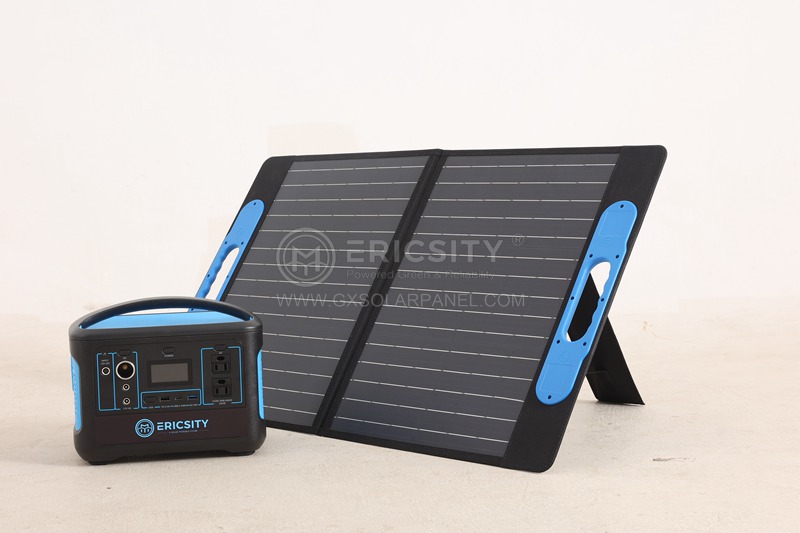HOT PRODUCT
Product Details
Evaluating Value: Factors Affecting 550w Solar Panel Prices
Title: Evaluating Value: Factors Affecting 550W Solar Panel Prices
Introduction (100 words):
Solar energy has emerged as a sustainable alternative to conventional power sources, and the demand for solar panels has been steadily increasing. As more people adopt solar energy solutions for their homes and businesses, it becomes essential to understand the factors that influence the prices of solar panels. In this article, we will evaluate the various elements affecting the costs of 550W solar panels, enabling consumers to make informed decisions when it comes to purchasing and maximizing the value of their solar installations.
1. Solar Cell Efficiency (100 words):
The efficiency of solar cells directly impacts the cost of solar panels. Higher-efficiency solar cells are more expensive to manufacture but can generate more electricity from the same surface area. This efficiency improvement allows for a greater energy output, which often justifies the higher price tag. Investing in panels with higher efficiencies can lead to a reduced number of panels required for a specific power output, leading to potential cost savings in the overall system.



2. Manufacturing Technology (100 words):
The manufacturing technology employed to produce solar panels plays a significant role in determining prices. Advanced manufacturing processes, such as heterojunction or back-contact cells, allow for improved energy conversion and reduced material consumption. However, these techniques often require more sophisticated machinery and research, leading to higher initial costs. As technologies mature and market demand increases, these manufacturing expenses can diminish. Consequently, solar panels made using newer technologies tend to be pricier initially but may become more cost-competitive over time.
3. Material Quality (100 words):
The quality of materials used in solar panels influences their longevity and efficiency. High-quality materials, such as monocrystalline silicon, tend to be more expensive compared to polycrystalline or thin-film technologies. Monocrystalline silicon offers better performance, especially in areas with limited space. Additionally, factors like anti-reflective coatings, protective glass layers, and frame durability influence the overall quality and cost of the solar panel. Investing in panels with superior material quality can ensure longer lifespans and higher energy yields over time, justifying the higher upfront investment.
4. Government Incentives and Policies (100 words):
Government incentives and policies have a significant impact on the cost of solar panels. Subsidies, tax credits, and feed-in tariffs can effectively lower the initial purchase price and reduce the payback period, making solar installations more financially attractive. Additionally, policies promoting renewable energy adoption, such as net metering, enable solar panel owners to earn credits for excess electricity production, further offsetting the initial investment. It’s vital for consumers to research and understand the available incentives and policies in their region to gauge the true cost of installing solar panels.
5. Scale and Market Competition (100 words):
The scale of production and market competition influence solar panel prices. As demand grows, economies of scale come into play, lowering manufacturing costs and, subsequently, prices. Market competition among solar panel manufacturers forces them to optimize their production processes and offer more competitive pricing. This competitive landscape benefits the consumer, as it promotes innovation and drives down prices over time. It is advisable to compare prices from multiple reputable suppliers and consider the overall value proposition of the solar panel rather than solely focusing on upfront costs.
Conclusion (100 words):
The cost of 550W solar panels is influenced by various factors, including solar cell efficiency, manufacturing technology, material quality, government incentives, and market competition. While upfront prices may seem significant, evaluating the long-term value and return on investment is equally important when considering solar panel purchases. Striking a balance between quality, efficiency, and price will ensure optimal performance and durability for years to come. As the solar industry continues to mature and new advancements emerge, solar panel prices are likely to become more competitive, making solar energy an increasingly attractive and cost-effective solution.




